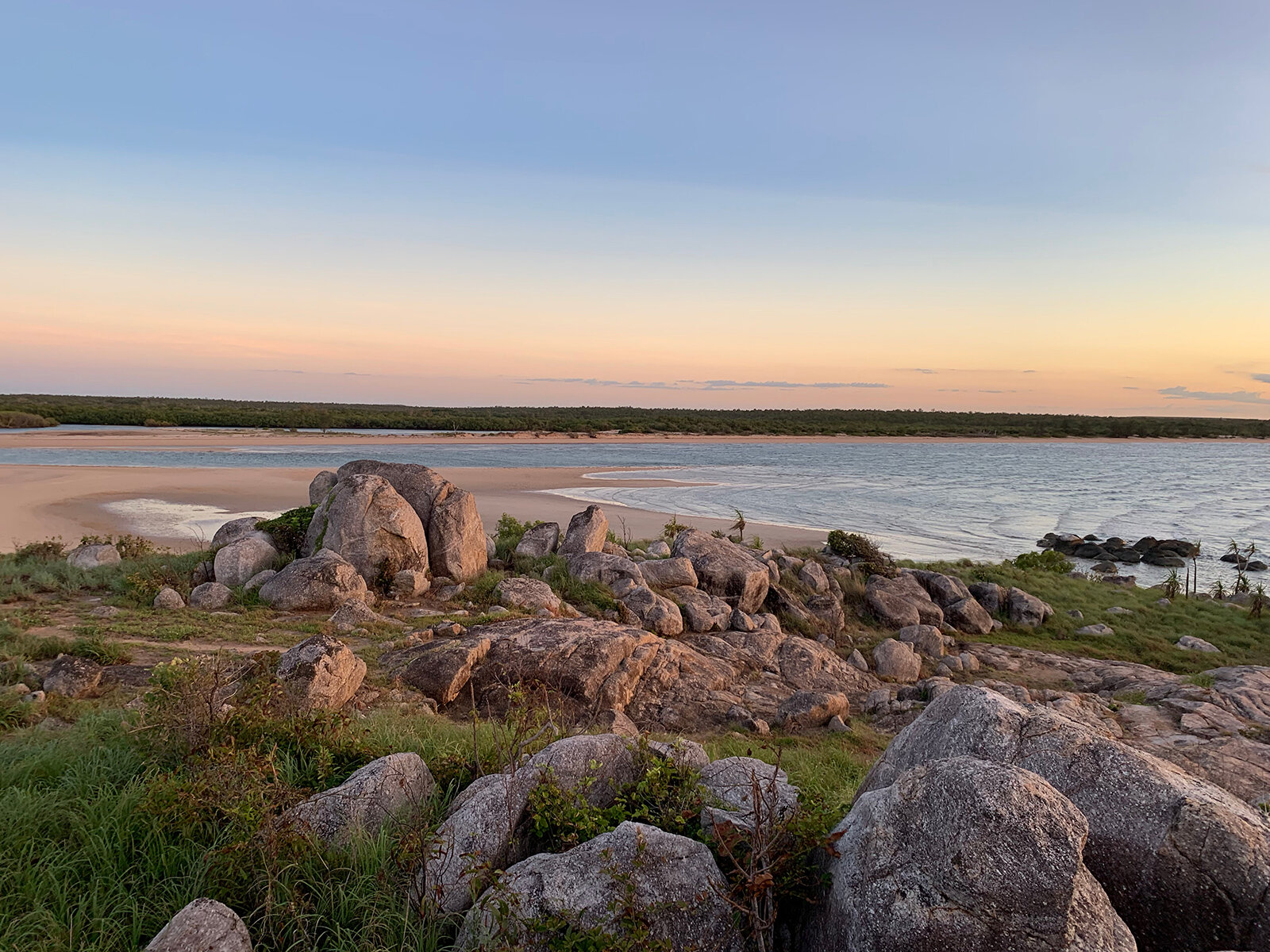
CASE STUDY
Disability in the bush
What was the challenge?
Aboriginal people living with Disability in remote NT communities did not understand the NDIS and how it could support them.
How did we help solve the problem?
The NDIA supported our approach to understand how better to provide information about the new National Disability Insurance Scheme for Indigenous Australians.
Working with Ninti One we spent 6 months on the ground, in five remote Aboriginal communities.
From this research, we learned the following:
There was limited understanding of the NDIS
NDIS workers were recognised as the ‘purple shirt mob’
Official information was being delivered using unfamiliar language and concepts
Information was being delivered via channels that weren’t used in communities
Most people didn’t know they were eligible for any services through NDIS
Importantly, we asked Aboriginal people living with disability and their families what they needed to live a good life. We recorded their stories to help the wider community listen to and understand their needs.
We then worked out how the NDIS support could best meet their needs. We found new ways of translating and sharing information about the NDIS so that it was more accessible and relevant to their lives.
We addressed this in three ways:
Translating how the NDIS could work best in remote communities
Re-writing the content to better suit an Indigenous audience
Translating into Indigenous languages
Disability in the Bush
To do this, we worked with communities to define specific words and also formulate a new dialogue to better explain NDIS and the service it provides.
In order to deliver this information through an accessible channel, we co-created a web-based app called ‘Disability in the Bush’.
‘Disability in the Bush’ provides clarification on the NDIS and its service. It includes translations in two Central Australian Indigenous languages Arrernte and Pitjantjatjara – and two Top End languages, Anindilyakwa and Yolngu Matha.






Co-creation with communities
“Aboriginal Australians are twice as likely to have a disability as non-Aboriginal Australians, but too many are missing out on NDIS support because they don’t understand the system. We need to shape the system around the end-users, not the other way around,”
- Associate Professor Sheree Cairney, CEO of Interplay.
“Disability in the Bush combines knowledge translation principles and technology and is designed by, and for, Aboriginal Australians. Indigenous people led the development of the app from the research stage, right through to the look and feel, and language used,”
By co-creating Disability in the Bush with Indigenous communities, the Interplay Project has provided a space for Indigenous Australians to explain what information was lacking and also help create a solution that is effective.
The app provides people in remote communities access to information, in terms and language that they helped write. Rich in content, there are 19 video stories of people who speak about their disability needs and supports - allowing users to better understand what kind of support is available.
It is the one place that Aboriginal people, their carers and family, and support workers are able to access the most relevant and important information they need.
Services
Grass roots research and community consultation
Working with Ninti One’s Aboriginal Community Researchers
Employing local Aboriginal co-researchers
Facilitating translation of information into local languages
Development of the app content, co-written with Indigenous groups
Developing shared knowledge with and for Indigenous people
Use the survey results for continuous quality improvement
Do you need to connect with Aboriginal and Torres Strait Islander communities?
Get in touch

